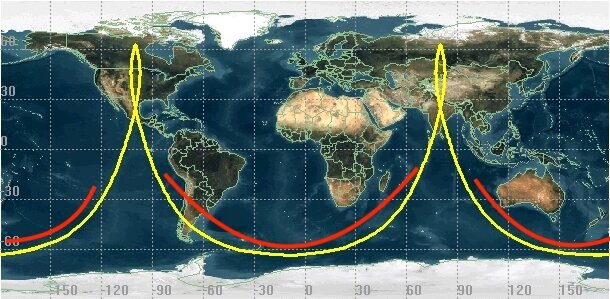World B4
my bad y'all
- Joined
- 25 June 2017
- Messages
- 344
- Reaction score
- 283
The Cold War generally established the different requirements for an orbital vehicle and ICBM, so we don't see the weaponized launch vehicle designs that existed before experience revealed their flaws. This is a different animal though, a conventional weapon of terror. Usable, crucially. A soyuz rocket with a weaponized payload could be devastating, if that payload could eject its warheads before patriot missiles could intercept and hit the clump of them. Inaccurate, sure. But Kyiv is big. Many wars have been won when a side reveals a new way to devastate the enemy cities and civilian population, so it's probably worth a try. I don't think it's really viable as a single large warhead missile, as tracking data from allies, the presumably predictable and limited reentry speed and trajectory of a glorified barrel bomb, and the desire for propaganda points means that Ukraine will at least try to shoot it down, and it might work. If accuracy is a non factor, better to blanket the city

